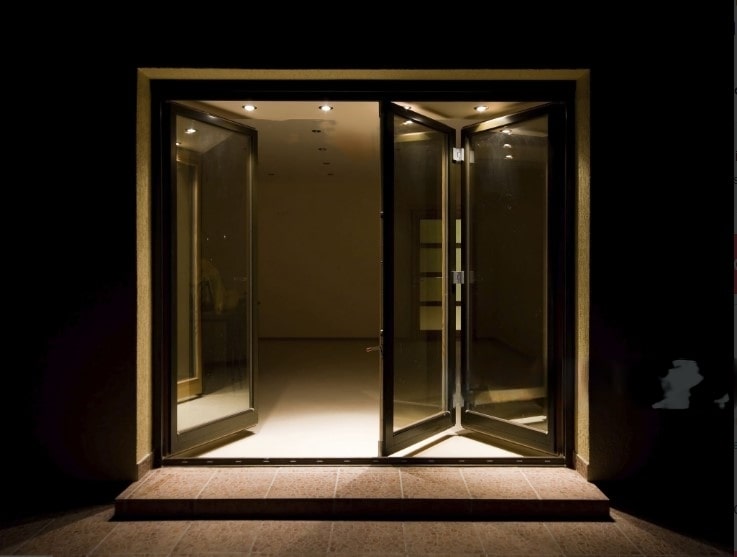Public construction projects must achieve sustainability standards, withstand the test of time, and benefit the local community. When you examine the benefits of timber supplies in Melbourne as a building material, it’s simple to see why architects and designers all across Australia utilise it.
Timber is not only one of the most environmentally friendly building materials, but it also benefits building occupants’ health and well-being. And, thanks to technological advancements, timber is more resilient and long-lasting than ever.
The many benefits of timber as a building material for public indoor and outdoor areas are discussed in greater detail below.
Contents
1. Sustainability
Sustainability and environmental effects are critical to consider while developing a public project. Timber is one of the most environmentally beneficial building materials when harvested from responsibly managed forests.
Timber is a renewable resource, which means that for every tree taken, several more are planted, ensuring that we will not run out of the material. Wood is also a carbon-positive product, absorbing CO2 throughout the manufacturing process.
In comparison, building materials such as steel, aluminium, and concrete are major emitters. These materials also demand significantly more energy to manufacture than timber.
2. Recycling
Thinking long-term about what will happen to the materials at the end of their lives is essential to developing ecologically responsible public buildings. Many building materials cannot be recycled, and others might harm the environment and soil.
On the other hand, timber supplies in Melbourne can be recycled at the end of its life. It will not degrade into environmentally hazardous compounds because it is a natural, non-toxic material. This is one of the reasons why hardwood is preferable to composite decking in the composite decking vs wood argument.
3. Local Wood
Most public projects aim to energise local spaces and showcase the ecology and culture that are unique to that location. Building with local wood species can help achieve this goal. By utilizing native timbers, your project will remain firmly tied to the local area and will harmoniously mix in with the surrounding environment.
Using hardwood timber species such as jarrah, blackbutt, and spotted gum is also better for the environment. Local woods necessitate less transportation and storage, resulting in lower carbon emissions.
4. Energy Efficient Design
Timber is a fantastic alternative for energy-efficient building designs since it is a natural insulator. The timber frame contains numerous microscopic air spaces. These air pockets disrupt the heat route, reducing heat transfer.
Timber’s insulating power not only serves to produce a more comfortable indoor environment, but it can also lower a building’s energy usage. Artificial heating and cooling become significantly more energy efficient when suitable insulating materials are utilised.
5. Durability
Wood or composite screening is a robust building material that may endure long if adequately constructed and maintained. Modern timber products have increased durability and endurance due to developments in preservative technologies.
Hardwood lumber is naturally heat resistant and can withstand frost, rust, and pollution. Many woods are also naturally resistant to termites, rot, and fire. In the event of a fire, the charcoal layer that forms on the surface of the timber functions as an insulating barrier, slowing the combustion rate.
6. Bringing Beauty
Hardwood lumber has long been regarded as one of the most aesthetically pleasing building materials. Timber can provide warmth and life to any architectural design with its rich colours, fascinating textures, and tactile nature. More and more architects are using timber to lend an element of natural beauty to their projects, whether it is utilized as decking, ceiling cladding, or a stunning wall feature.
Many public buildings are created with usefulness in mind, but beauty should also be a priority. Aesthetically beautiful structures encourage individuals to interact with the environment and form a positive emotional connection. Beautiful environments can also lead to a stronger sense of fulfilment and well-being.
7. Health and Well-Being
It is critical to provide public areas that promote community health and well-being. The materials used in construction can have a considerable impact on people’s mood, mental condition, and sense of contentment. Wood and composite screening has been proven in studies worldwide to have favourable impacts.
The term ‘biophilia’ refers to the importance of nature in our lives. According to professionals, interiors with wood features can provide equal health benefits to spending time outside. By introducing natural-looking wood features into public building designs, such as office spaces and waiting rooms, you can help promote worker and visitor well-being.
8. Good Impact
Wood has a soothing effect. The fragrance of the wood is lovely. Wood provides warmth. The aroma of wood soothes people, and lumber used in construction is hotter than other materials.
Wood retains or delivers wetness as needed. Therefore, the internal environment in a wood home will be good both in the heat of summer and on a bitterly cold winter day.
9. Good for All Seasons
Timber supplies in Melbourne has poor heat conductivity. However, this property is thought to be great for summer and winter warmth. Wood is made up of air-filled cells, which reduces warm conductivity. This means a structure will remain exceptional in the summer because the heat cannot penetrate the walls.
10. Strong
Structures are exposed to extraordinary forces during natural calamities such as earthquakes. The heavier and more stiff a structure, the more likely it is to sustain catastrophic damage when a quake strikes it.
Wood has an advantage over other construction materials during an earthquake. Because of its adaptability and ability to loosen up, timber wood can retain the loads and vibrations it is subjected to during a seismic tremor and pay them back.
Connect with Greenhill Timbers Today!
The ten benefits of using timber in building highlight its adaptability, sustainability, and aesthetic appeal. Timber is a fantastic choice for structural strength and environmental friendliness. Because of its ageless appeal, renewability, and adaptability, it is a perfect material for environmentally aware and aesthetically beautiful construction projects.
Latest Posts!



